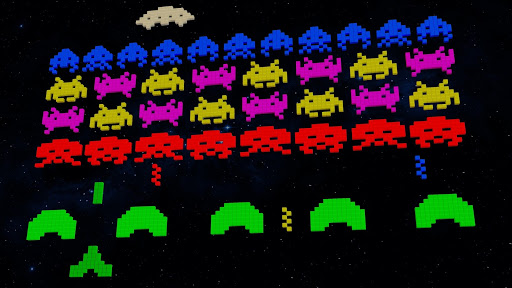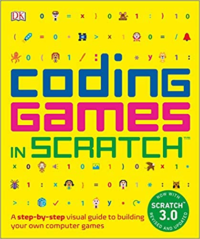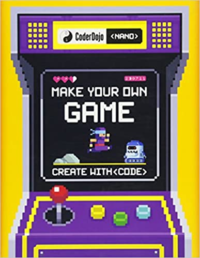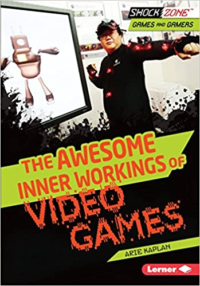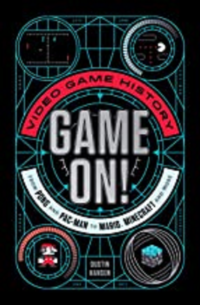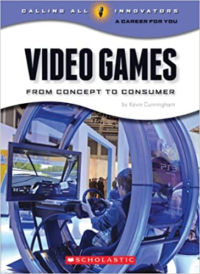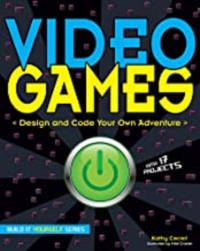In our next session of Advanced STEM Club, we will be learning how to program our own video games, but first let’s learn about what makes a good video game! Some games are so good they seem to have a magical quality that makes you want to play them over and over. Game designers call this playability. To make a game with great playability, you have to think about all of the parts that make up the game and how they work together. Some of those parts are:
To learn even more about what makes a good video game, join us on March 24th for Advanced STEM Club, where we will be programming our own video games.

